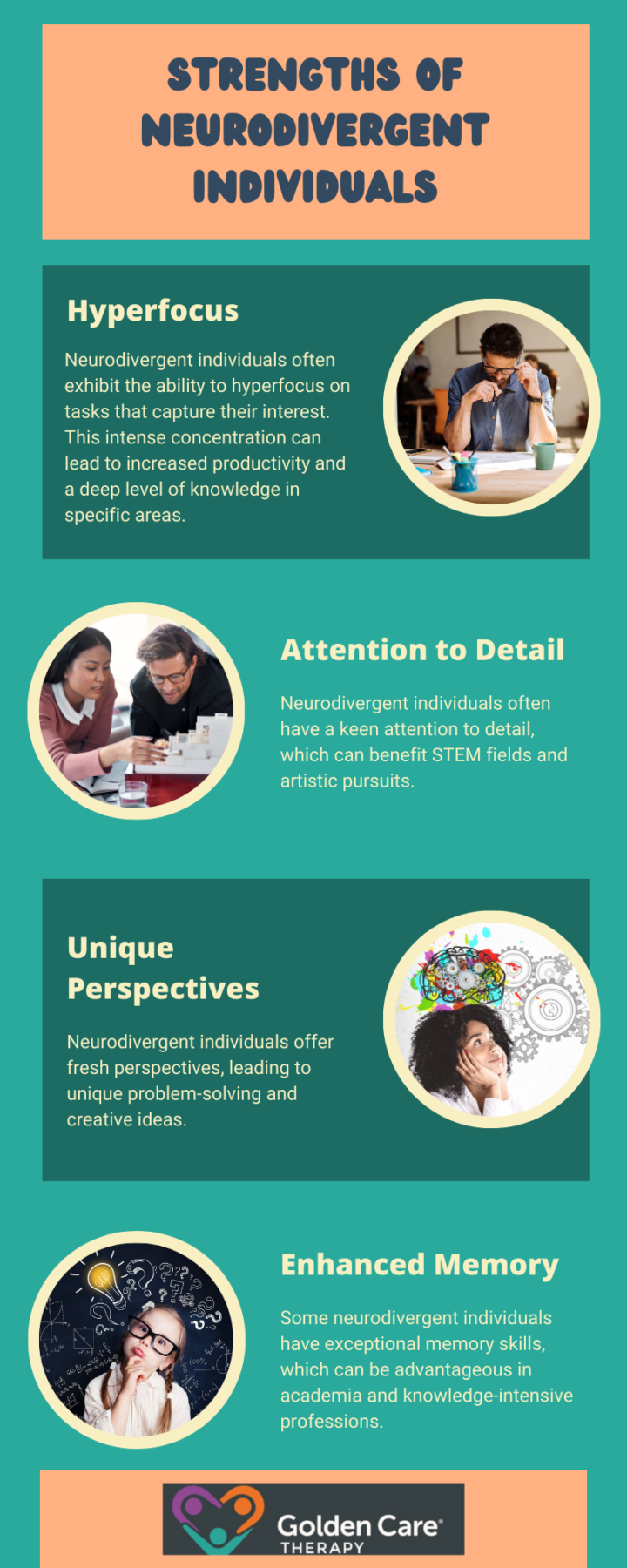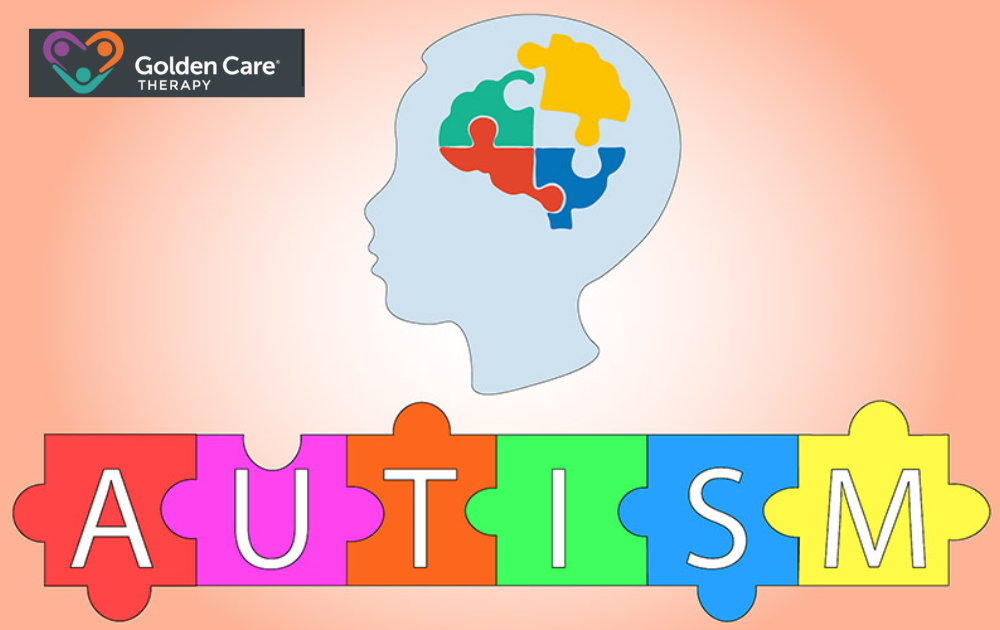The term “neurodivergent” was coined by Judy Singer back in 1990s to help others understand that individuals with neurodivergent conditions have brains that function differently from the “neurotypical” majority.
Neurotypical individuals are described as those whose brains function in a “typical” way, while neurodivergent individuals have brains that work in unique and distinctive ways.
Meanwhile, neurodivergent conditions are neurodevelopmental disorders that are associated with differences in brain development. Some common forms of neurodivergence include autism spectrum disorder, ADHD, and specific learning disorder.
That said, how exactly do neurodivergent brains work? Let’s take a look.
How Do Neurodivergent Brains Work?
Neurodivergent brains, which include conditions like autism, ADHD, and dyslexia, function differently from neurotypical brains in various ways. These differences can manifest in how information is processed, sensory inputs are experienced, and social interactions are managed.
For example, individuals with autism may have heightened sensitivity to sensory stimuli such as light and sound, leading to unique responses and behaviors. Their brains often excel in pattern recognition and systematic thinking, which can contribute to exceptional skills in areas like mathematics, music, and art.
On the other hand, ADHD brains might process information at a faster pace, often resulting in challenges with sustained attention but also fostering creativity and quick problem-solving abilities.
These variations highlight that neurodivergent brains are wired to operate distinctively, bringing both challenges and strengths. Moreover, neurodivergent individuals often develop unique coping strategies and ways of thinking that can be incredibly innovative.
For instance, those with dyslexia might struggle with traditional reading methods but often excel in visual thinking and problem-solving. This diversity in cognitive processing underscores the importance of recognizing and valuing different types of intelligence and learning styles.
Neurodiversity Perspective
The concept of neurodiversity emerged in the 1990s as a response to the stigma and misconceptions surrounding neurodivergent individuals.
The neurodiversity perspective acknowledges that there is a wide range of ways in which people perceive and respond to the world, and these differences should be respected and celebrated. The movement aims to promote equality for “neurological minorities,” including individuals with conditions such as autism, ADHD, and learning differences like dyslexia.
This perspective encourages acceptance, understanding, and support for individuals with neurodivergent conditions, which in turn fosters an inclusive environment that values the contributions and unique perspectives of all individuals.
Strengths of Neurodivergent Individuals
Neurodivergent individuals possess unique strengths that can be harnessed and celebrated. While each individual is different, certain strengths are commonly associated with neurodivergence.
Here are a few examples:

It’s important to recognize and nurture these strengths in neurodivergent individuals, as they can contribute to personal growth, success, and the enrichment of society as a whole.
Most Common Neurodivergent Conditions
To further understand how the brains of neurodivergent individuals work, we have to look at the most common neurodivergent conditions out there.
Neurodivergent conditions encompass a range of brain differences that affect how individuals perceive and interact with the world. They’re as follows:
Autism Spectrum Disorder
Autism, often referred to as autism spectrum disorder, is a neurodivergent condition that is widely misunderstood. People with autism have unique ways of processing information and interacting with their surroundings. They may experience challenges in social communication, repetitive behaviors, and sensory sensitivities.
As a spectrum disorder, it can present itself differently in each individual. Some autistic individuals may exhibit exceptional abilities in areas such as music, art, or mathematics, while others may require more support in daily activities. It is important to note that autism is not a disease or a defect, but rather a different way of experiencing the world.
Attention-Deficit/Hyperactivity Disorder (ADHD)
ADHD is a neurodevelopmental disorder affecting both children and adults. Individuals with ADHD often exhibit symptoms such as difficulty sustaining attention, impulsivity, and hyperactivity.
These symptoms can impact various aspects of life, including academic performance, work productivity, and social relationships.
ADHD is estimated to affect around 11.4% percent of the American children population. While the exact cause of ADHD is still not fully known, research and studies suggest that a combination of genetic, environmental, and neurological factors may contribute to its development.
Dyslexia
Dyslexia is one of the most common types of neurodivergence among adults. It is a learning difference that affects reading and language processing skills. Individuals with dyslexia may experience difficulties in decoding words, recognizing spelling patterns, and reading fluently.
However, with appropriate interventions and accommodations, individuals with dyslexia can develop strategies to overcome these challenges and excel in other areas.
In addition to dyslexia, there are other neurodivergent conditions that individuals may experience. Some examples include bipolar disorder, Down syndrome, obsessive-compulsive disorder (OCD), Tourette syndrome, and other attention-deficit/hyperactivity disorders.
Each of these conditions presents unique challenges and strengths, and individuals with these differences can lead fulfilling lives with the right support and understanding.

Embracing Neurodiversity
The neurodiversity movement advocates for a shift in perspective, from viewing neurodivergent conditions as deficits to recognizing them as variations with unique strengths.
Educational systems, workplaces, and social structures can be adapted to leverage the strengths of neurodivergent individuals. This includes providing flexible learning approaches, creating sensory-friendly environments, and promoting acceptance and understanding.
Embracing neurodiversity not only benefits neurodivergent individuals but also enriches society as a whole, fostering innovation, creativity, and resilience.
In conclusion, neurodivergent brains work in diverse and fascinating ways. By understanding and embracing these differences, we can create a more inclusive world that values and leverages the unique strengths of every individual. For those seeking support, Golden Care Therapy offers ABA therapy in New Jersey, Indiana, Georgia, and New York. Contact us today to learn more or to book an appointment.



